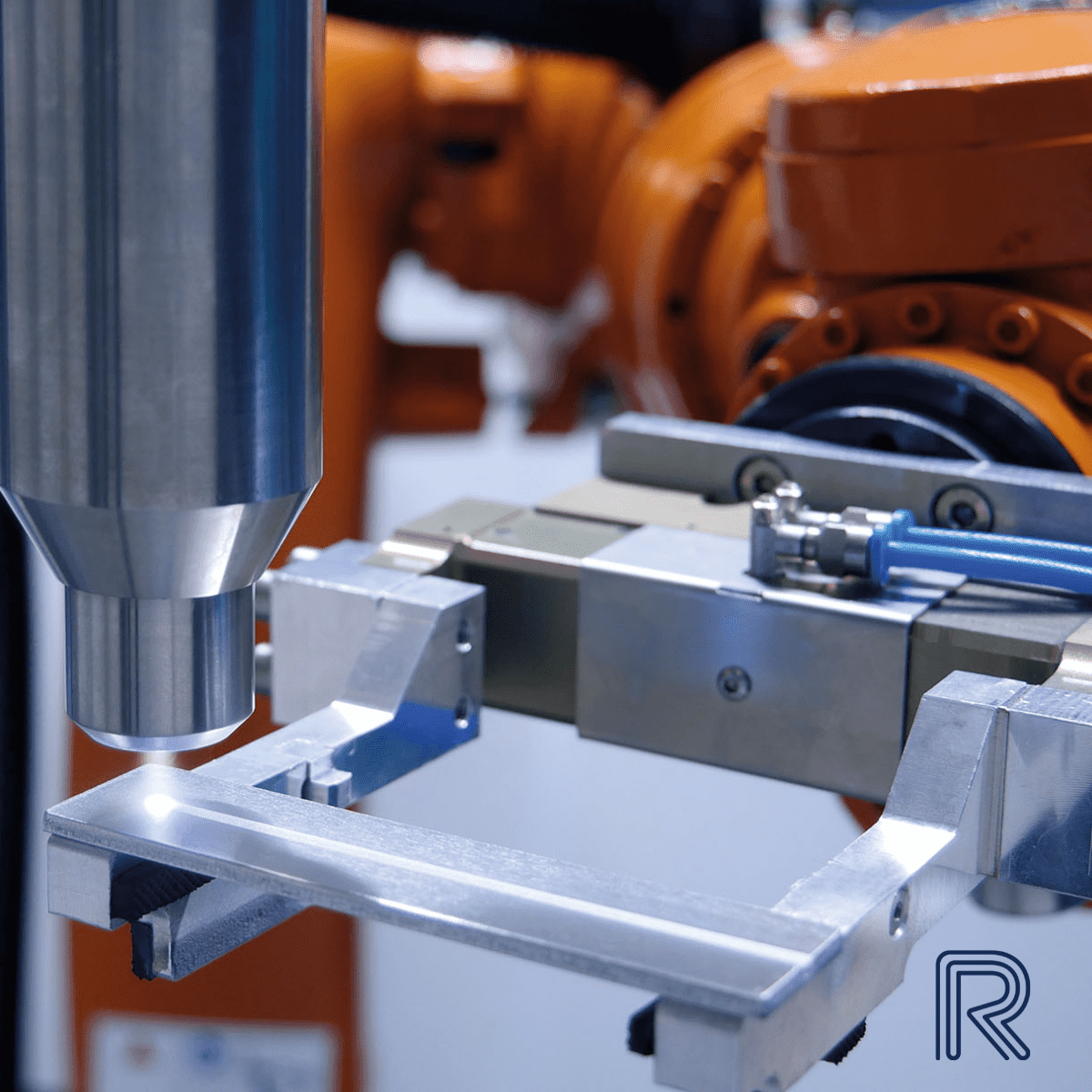At Robafoam, plasma treatment is an important part of our processing, although it’s not required for all parts. When a customer first approaches us with a prototype or part, one of their first questions is ‘will the foam stick to our part?’. The short answer is yes, but it may take some other processes before achieving a suitable adhesion.

Some substrates have a natural adhesion to our polyurethane foam and therefore don’t require additional interference. If there isn’t a natural adhesion then there’s usually something we can do to achieve it, which often is incorporating the use of plasma.
The adhesion of the Robafoam seals to a component’s surface is dependent on the surface energy of the material or the surface treatment in question, as well as any possible contamination of the surface. Different material surfaces exhibit a different level of natural adhesion depending on their surface energy. Surface energy is measured in Dyne/cm2 and the optimal value for adhesion with our foam products is 50 Dyne/cm2.
One way to change the surface energy, to ensure the adhesion of the foam, is through the application of ‘atmospheric plasma’. All our 6-axis robots are equipped with a plasma system to use with our Contract Gasketing customers. The application of plasma is part of the same process, carried out just before the foam bead is applied. Below is a table that shows how the use of plasma changes the adhesion to substrates that our foam doesn’t normally have a natural adhesion.
 To find out more about plasma or to speak to someone about your sealing needs, get in touch today.
To find out more about plasma or to speak to someone about your sealing needs, get in touch today.
